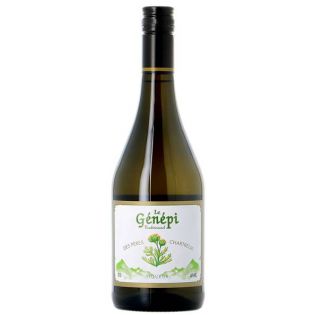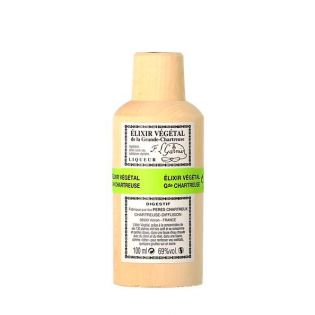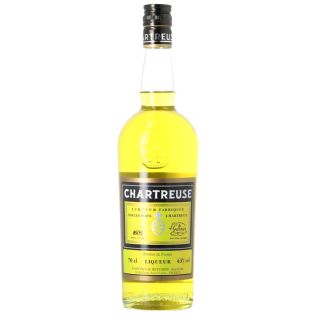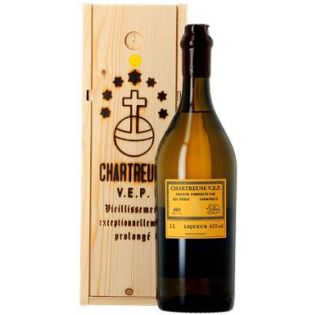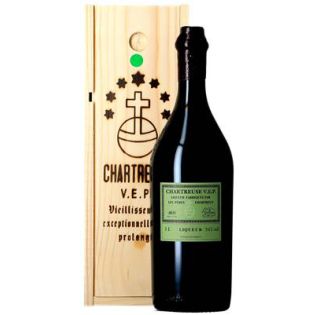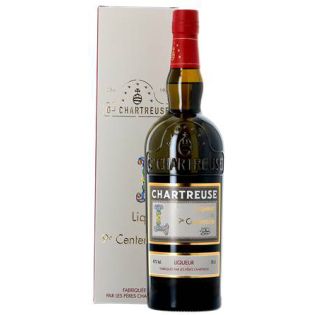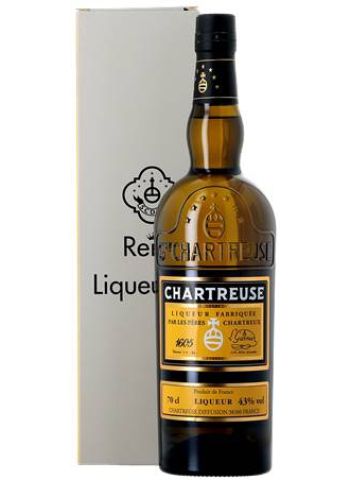
Chartreuse Reine des Liqueurs - Mise 2025
You need 3800 benefit points to obtain this bottle.

Cette Chartreuse est le résultat d'un assemblage soigneusement réalisé à partir de différents fûts de Chartreuse Jaune, qui ont été vieillis pendant une longue période et sélectionnés par les Pères Chartreux. Ainsi, vous retrouverez la saveur subtile de cette grande liqueur, appréciée par les connaisseurs à l'âge d'or des liqueurs Chartreuse à la fin du XIXe siècle. Pour profiter au maximum de ses arômes expressifs, il est recommandé de la déguster avec des glaçons. Vous pouvez la savourer en tant que digestif ou l'utiliser dans des cocktails.
Cette cuvée Reine des Liqueurs diffère de la Jaune traditionnelle par son degré d’alcool, 43° au lieu de 40°, comme c’était le cas avant 1973 pour la Jaune. L’abaissement du titrage avait été imposé par des considérations d’ordre fiscales et commerciales du fait de taxes règlementaires ; cette évolution des qualités du produit ayant bien entendu eu un impact sur les caractéristiques de la liqueur.
De 1860 à 1903, la Chartreuse Jaune est la star des tables en Europe, allant jusqu’à la Cour de Russie, où le Tsar Nicolas II en est un fervent amateur. C’est d’ailleurs pour cette raison qu’elle sera baptisée « La Reine des Liqueurs ».
[Pour votre information, le volume produit par les Pères Chartreux ne sera pas amené à évoluer dans les années qui viennent. En se fixant cette ligne, la société de distribution permet aux moines de rester fidèles à leur vocation première de prière et de solitude au sein de leur communauté et ainsi de préserver l'équilibre de vie au monastère de la Grande Chartreuse.
Les Pères Chartreux sont pleinement conscients que ces décisions peuvent entrainer de la frustration à court terme (par rapport à la demande actuelle), mais elles sont indispensables à la pérennité de leur mission au service de l'Ordre.]
And to finish More Information
The Estate Les Pères Chartreux
The Estate Les Pères Chartreux
It's obvious Our engagements
Fair Price
The right price for the entire selection, all year round... + 2% discount in loyalty points on each purchase!
Cutting edge selection
Designed for the amateur, novice to expert, a cutting-edge offer of the best vintages from the best winegrowers, from all regions of France and beyond.
Careful shipping in 24/48h
Your bottles are shipped within 24/48 hours in a reinforced package, in France and in 25 European countries.
2000 Food and wine pairings
Each wine is accompanied by recommendations of service and food-wine pairing

